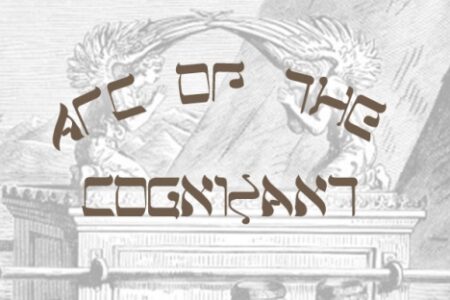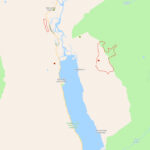COMMENT: The Department of Peace, part 2
In this column I will continue the discussion on the creation of a Department of Peace by highlighting some of the initiatives undertaken in other countries.
Over 30 countries have campaigns to create a Department of Peace. In three countries – Nepal, the Solomon Islands and Costa Rica this is a reality.
On September 14, 2009 the Costa Rican Legislature passed a law changing the name of the country’s justice ministry to the Ministry of Justice and Peace – a first for Latin America.
This department took on new responsibilities such as peace promotion, violence prevention and an emphasis on conflict resolution. What is interesting, according to Kelly Isola of the Rasur Foundation, an NGO which proposed the law in 2005, “This Ministry was not born out of war and conflict, but rather through the commitment to a culture of peace”.
In 1877, the death penalty was abolished and in 1948, Costa Rica became the first country to formally abolish its Armed Forces. In 1997, Costa Rica passed a law requiring that peace education be offered in every school and created a place for peaceful conflict resolution in the legal system, which endorses mediation.
Nepal is an interesting situation. A coalition of 13 organizations “the Nepal Peace Initiative”, lobbied the Nepal government as well as Maoist Insurgents in 2005 to start a dialogue for resolution of the conflict in Nepal and for the creation of a state level Department of Peace.
The coalition achieved its objective of dialogue between the Maoist and 7 key political parties. It was stressed that a Department of Peace was a necessary step when Nepal was in its transition phase to restore peace, democracy and the rule of law. The Ministry of Peace and Reconstruction was created on March 31, 2007.
So, where does this leave us here in Canada?
My Bill C- 373, although similar to initiatives in the US and other countries, is a “made in Canada” proposition. What it does is coordinate the efforts of peace into one department. For example, international peace and security is currently spread in a number of departments such as Defense, Foreign Affairs, CIDA, Justice and Immigration.
Peace as a concept is not a top priority in any of these departments. I see this bill not as a “threat” to existing departments, but a realignment of focus.
Here is an example from our recent history where a Canadian Department of Peace could have played an active role. According to Graeme MacQueen of McMaster Peace Studies Centre, their organization sought funding to work in Afghanistan through the 1990s when the Soviets had retreated and people needed and wanted help from the West to rebuild.
He was then told that Afghanistan was not a priority for Canada.
Well, we all know what kind of priority it became and the toll it took on our country.
The purpose of my Private Members Bill C-373, An Act to Establish a Department of Peace is to help advance the cause of Peace in Canada and throughout the world. Some of the things a Canadian Department of Peace would do would be to promote human security through non-violent conflict resolution strategies, work with educators on peace agenda studies (e.g. establish a National Peace Academy), fund community-based violence prevention programs, advise the Defence and Foreign Affairs ministers on all matters relating to national security, make recommendations to stop the proliferation of weapons of mass destruction and create a civilian Peace Service Cadet Program.
The bill is actually quite comprehensive and could, if adopted, play a major role in steering Canada back to our role of mediation and peacekeeper.
Alex Atamanenko is the MP for BC Southern Interior.


























Comments